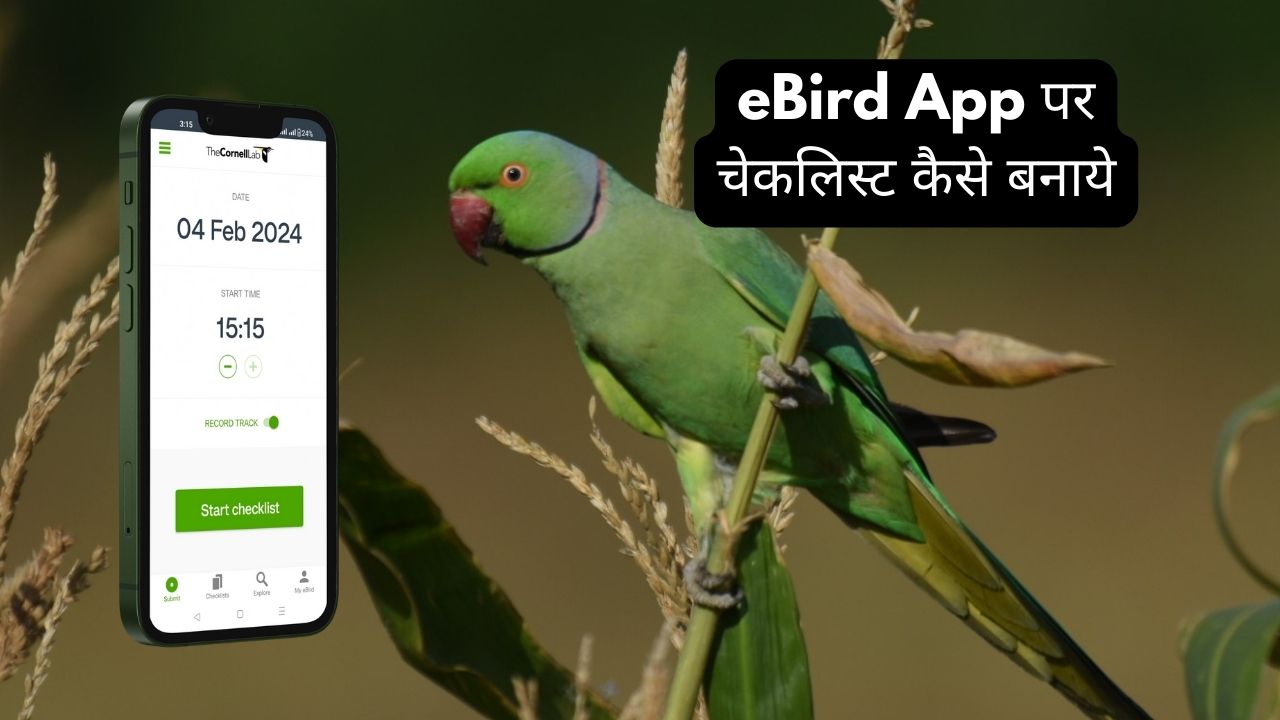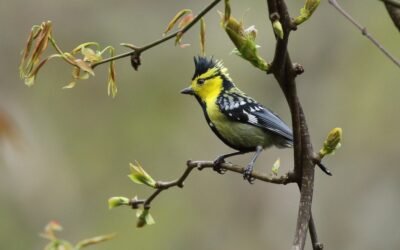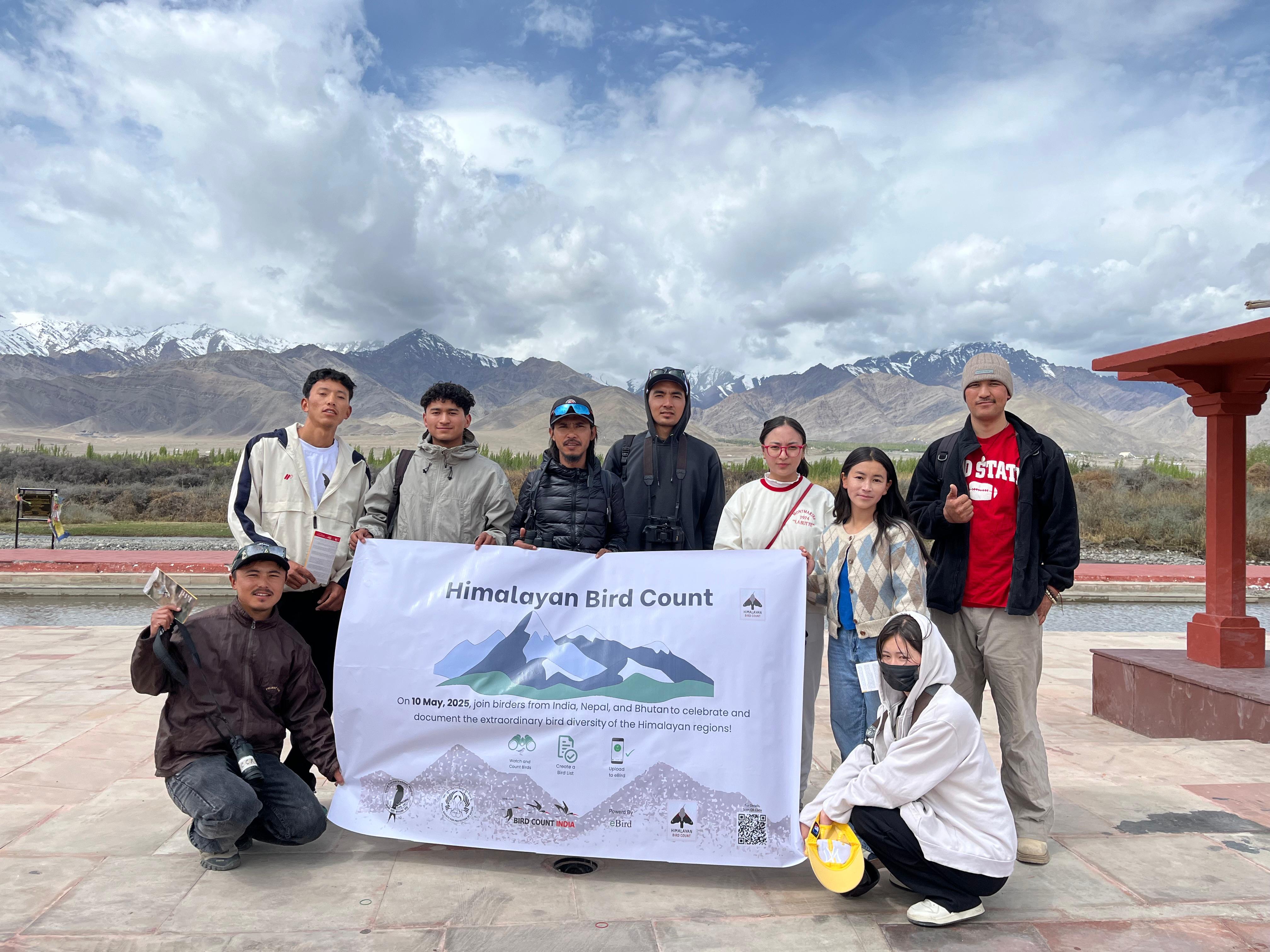eBird एप पर चेकलिस्ट कैसे बनाये
सभी पक्षी प्रेमियों के लिए खुशखबरी! ग्रेट बैकयार्ड बर्ड काउंट (GBBC) के खास मौके पर, हमने एक छोटा सा वीडियो तैयार किया है। इस वीडियो में, आप देखेंगे कि eBird एप पर बर्ड चेकलिस्ट (पक्षियों की सूचि) कैसे बनाते है । इस वीडियो को अपने परिजनों एवं मित्रो के साथ शेयर करें और बर्ड डॉक्यूमेंटेंशन कर पक्षियों के संरक्षण में अपना महत्वपूर्ण योगदान दे।
High Resolution वाला वीडियो देखने के लिए, बर्ड काउंट इंडिया के यूट्यूब चैनल पर विजिट करें
On the occasion of the Great Backyard Bird Count (GBBC), we’re happy to announce the launch of the newest video in Hindi that talks about how to create and upload a bird list through eBird Mobile App.
In this tutorial, we’ve simplified the process of checklist creation on eBird, making it easier than ever for birding enthusiasts like you to contribute valuable data to the global birding community. We share cool tips to help you enter bird names faster, so you can spend more time spotting and less time typing. When you see colorful icons next to a bird’s name, it means you’ve spotted a rare or uncommon bird in that area, so adding comments for these birds is really important. By logging your bird observations on eBird, you can keep track of your life list, the places you’ve birded, and even store your bird photos, sounds, and more.
Share this tutorial with your friends, family, and fellow birding enthusiasts, and let’s empower more people to become active contributors to citizen science!
Check out Bird Count India’s YouTube channel to see more videos like this!
Header Image: Rose-ringed Parakeet by Renuka Vijayaraghavan




